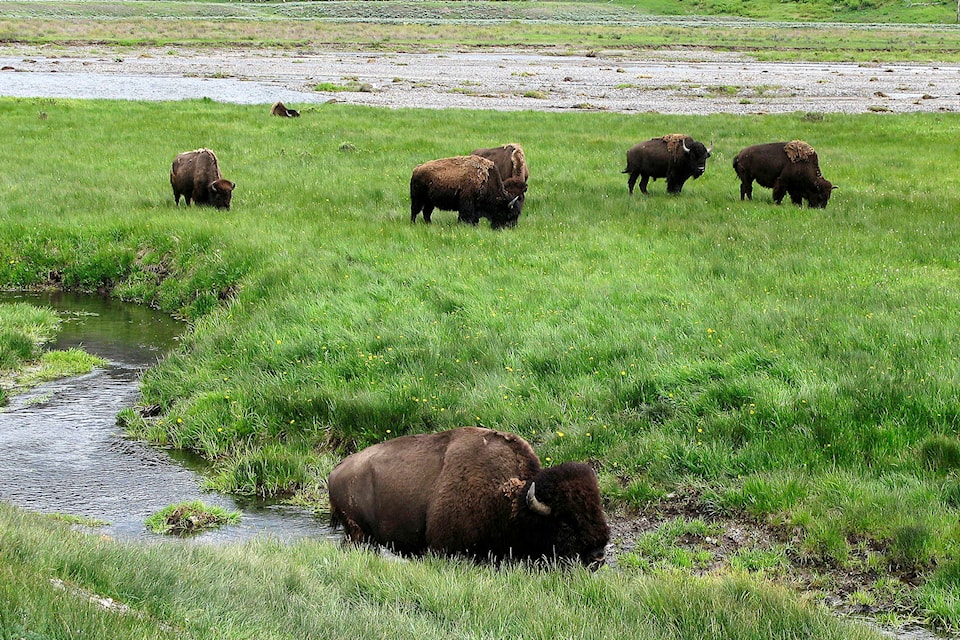A group of Turtle Valley residents have called an open public meeting April 3 to discuss their opposition to the planned application of biosolids, a processed sewage bi-product, on the Turtle Valley Bison Ranch.
Since becoming widely known to the community in March, the ranch’s plan to have biosolids mixed in with soil on a section of logged forest has drawn a negative response from the community. The project stems from a City of Kamloops initiative to cut down on a massive stockpile of the treated waste product, with Arrow Transportation serving to transport it and NutriGrow taking care of processing and spreading the material.
READ MORE: Ranch’s plan to use processed human waste fertilizer prompts concern in turtle Valley
Biosolids are essentially a mixture of heavily processed sewage sludge with compostable materials such as wood chips and soil or sand. By adding this mixture to arid soil, it is hoped to improve fertility and soil stability to allow for improved growth of crops and vegetation.
The B.C. Ministry of Environment said in an email to the Observer: “When wastewater (including sewage) is processed at the treatment plant, it undergoes a series of processing steps which include: debris removal, heat and chemical treatment, and de-watering… Any biosolids destined for land application must meet strict limits under the Organic Matter Recycling Regulation (OMRR) for regulated metal levels, pathogens and foreign matter, e.g., plastic or metal. The proposed application of biosolids complies with the requirements of the Organic Matter Recycling Regulation as such we have no reason to believe this proposal will impact human health or the environment.”
Despite up to 72 per cent of biosolids in B.C. being used for similar projects, concerns around the potential risks have made the practice controversial. The substance is heavily regulated in Europe, and studies from the U.S. Environmental Protection Agency show the presence of trace metals, pharmaceuticals and other chemicals within biosolids.
READ MORE: Opposition to human waste fertilizer at Shuswap bison ranch continues
Turtle Valley resident Connie Seaward is organizing the public meeting, which will be held at the Turtle Valley Donkey Refuge Wednesday, April 3 at 4:30 p.m. Seaward has said they oppose the lack of communication to the community about the project, and the use of biosolids near the Shuswap watershed.
“The reason we live here is it’s a pristine valley. The painted turtle is on the endangered species list, we have rivers and creeks that eventually flow into Shuswap Lake. And now we have these chemicals, which they say are only present in small amounts, but they are being applied to farmland that is intended for a food chain,” she says. “We had an overwhelming amount of community members who just found out about this a day or two before the meeting, it’s not something you can look into in one day and then decide if you are for or against it.”
READ MORE: Process limits greenhouse gas escape at Salmon Arm Landfill
@Jodi_Brak117
jodi.brak@saobserver.net
Like us on Facebook and follow us on Twitter.
